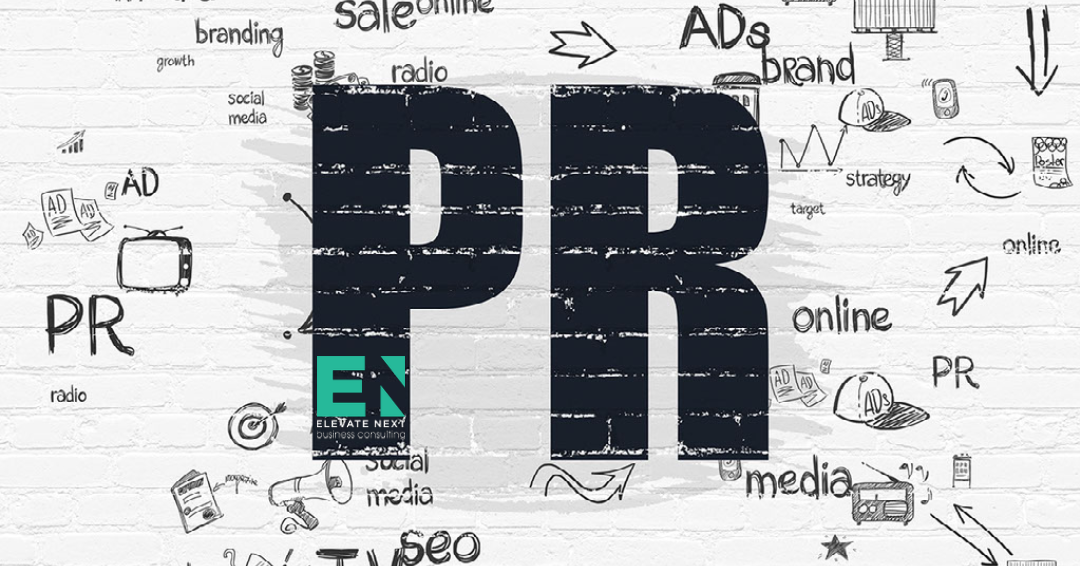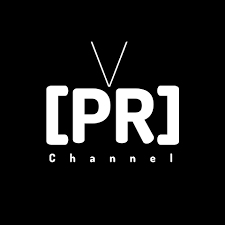Selecting the right PR channel for your message can make or break your campaign’s success. In today’s fragmented media world, where audiences consume content across multiple platforms, the challenge isn’t just creating compelling content—it’s ensuring it reaches the right people through the most effective channels. The decision between traditional media, digital platforms, or social networks requires strategic thinking that goes beyond personal preferences or trending platforms. Your channel choice directly impacts message credibility, audience engagement, and campaign ROI. Understanding how to align your message with the most suitable communication channels transforms good PR into exceptional results that drive meaningful business outcomes.
Understanding Your Target Audience Demographics
Before selecting any PR channel, conducting thorough audience research forms the foundation of a successful channel strategy. Demographics, preferences, behaviors, and media consumption habits determine which channels your audience actively engages with. Creating detailed buyer personas helps identify where your target market spends their time and what content formats they prefer.
For instance, if targeting Gen Z consumers, platforms like TikTok and Instagram Stories offer high engagement potential, while reaching C-suite executives requires focusing on LinkedIn and industry publications. Age, location, profession, and interests all influence channel effectiveness, making audience analysis your first strategic priority.
Aligning Channels with Campaign Objectives
Your PR campaign objectives should directly influence channel selection. Brand awareness campaigns benefit from broad-reach traditional media channels like television and radio, while lead generation efforts perform better through targeted digital channels. If conveying specific industry expertise, media outreach to trade publications might be prioritized over social media promotion.
Consider whether your goal involves crisis management, product launches, thought leadership, or stakeholder communication. Each objective requires different channel approaches—crisis communication demands immediate, wide-reaching channels, while thought leadership thrives in professional publications and industry forums.
Evaluating Channel Reach and Credibility

Traditional media channels offer broader reach and established credibility that audiences often perceive as more trustworthy than digital alternatives. Television, radio, and print publications provide a tangible presence and third-party validation that enhances message credibility. However, these channels typically involve higher costs, longer lead times, and limited demographic targeting capabilities.
Digital channels provide cost-effective, targeted reach with real-time interaction possibilities, but they require constant adaptation and face credibility challenges in an information-saturated environment. Earned media through respected publications carries more weight than paid placements, offering built-in trust factors that amplify message impact.
Content Format Compatibility
Different channels excel with specific content formats, making format compatibility crucial for channel selection. Visual platforms like Instagram and YouTube are ideal for engaging audiences through videos, infographics, and visual storytelling, while Twitter and LinkedIn better suit text-based updates and professional articles.
Consider whether your message works best as written content, visual media, audio formats, or interactive elements. A data-driven thought leadership piece performs well on platforms like Medium or Forbes, while visually stunning campaigns thrive on Instagram. Matching content strengths with channel capabilities maximizes engagement potential.
Implementing a Strategic Multichannel Approach
The most effective PR strategies embrace multichannel approaches that reinforce messages across multiple touchpoints. Utilizing traditional media outreach alongside social media promotion, email newsletters, and sponsored content allows interaction with different audience segments while maintaining message consistency.
This approach maximizes exposure and effectiveness by reaching diverse demographics through their preferred channels. However, each channel requires tailored strategies focusing on appropriate content types, posting frequencies, and engagement tactics. Resource allocation should reflect each channel’s potential ROI and alignment with campaign objectives.
Monitor and measure channel performance continuously through metrics like reach, engagement, click-through rates, and conversion rates to optimize your approach and redistribute resources for better results.

